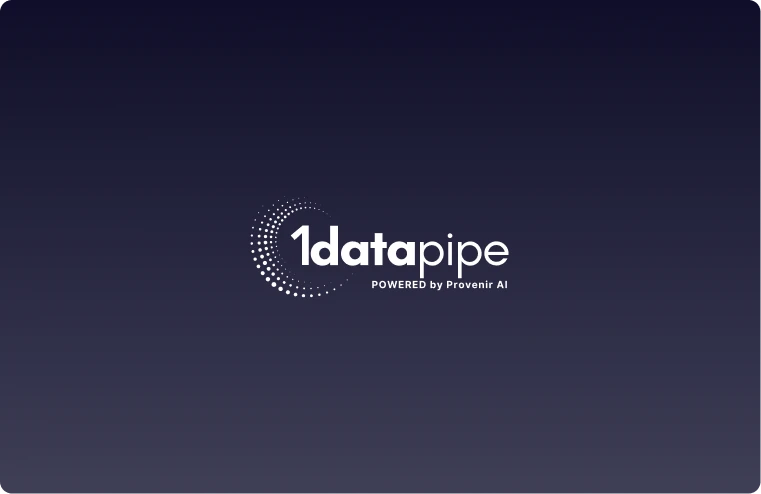The Critical Role of Alternative Data in the Future of Brazil's Financial Sector

Navigating through the age of digitization, Brazil’s financial sector stands at a pivotal crossroads. Traditional banking, lending, fintech, and e-commerce organizations continue to lean on established methods of assessing credit risk and detecting fraud, mostly dependent on mainstream data and off-the-shelf solutions. But in the rapidly evolving digital landscape, these traditional methods are increasingly proving to be inadequate. The beacon leading us to a new path is ‘alternative data,’ promising enhanced risk management and fraud prevention capabilities for a transformative financial future.
The Current Landscape
Brazil’s financial sector has undergone significant transformation, transitioning from being controlled by a few major entities to a dynamic arena brimming with creativity and competition. Traditional banks are undergoing digital metamorphosis, while fintech startups disrupt the established norms. Concurrently, e-commerce platforms are expanding at an unprecedented pace, leading to an explosive surge in data – a treasure trove that can potentially drive informed business decisions.
However, the prevalent dependency on traditional data sources such as credit history and income statements for risk assessment and fraud detection leaves a considerable population segment – the underbanked – excluded from the system. Moreover, mainstream data often falls short in detecting elaborate fraud schemes, which are increasingly becoming a menace in the digital era.
Alternative Data: An Untapped Goldmine
Alternative data refers to information outside of traditional credit reports or financial statements. It can originate from a multitude of sources, such as social media activity, mobile phone usage, online transactions, and even user interactions with a website. Advanced technologies can analyze this data to yield valuable insights into customer behavior and risk, thereby significantly improving risk assessment, fraud detection, and financial inclusion.
For example, a customer’s history of timely utility bill payments can suggest reliability, despite the absence of a formal credit history. On the other hand, a customer who makes anomalously large purchases during odd hours could be a potential fraud risk.
By leveraging alternative data, financial institutions can balance their customer portfolios better by onboarding more trustworthy customers, identifying and mitigating fraud risks, and aiding in the financial inclusion of the underbanked population.
The Limitations of Off-the-Shelf Solutions
While off-the-shelf risk-scoring solutions may seem appealing because of their simplicity and convenience, they come with significant limitations. These solutions generally provide a risk score without offering visibility into the underlying data. Such an approach leaves companies in the dark about the factors contributing to the score, limiting their understanding of a customer’s profile.
The one-size-fits-all nature of these solutions means they often overlook unique individual behaviors and attributes, leading to inaccurate risk assessments. This limitation can result in high false-positive rates, imposing unnecessary investigative workload and potentially harming customer relationships.
Furthermore, without visibility into the underlying data, these organizations cannot fully comprehend the depth and potential of their Total Addressable Market (TAM). The lack of detailed customer profile data restricts their ability to tailor offerings, thereby capping potential market growth.
For instance, a financial institution might reject a loan application based on an off-the-shelf credit score without understanding the reason behind the low score. The applicant could be a young professional with a high income but a short credit history who could be a good long-term customer. Conversely, a high credit score might mask risky behavior, such as a customer who only pays the minimum amount on their credit card bill each month.
In an alternative data-driven future, such instances can be mitigated as financial institutions gain access to a broader and more detailed data universe, allowing them to assess risk more accurately, expand their market reach, and tailor their offerings.
Navigating the Alternative Data-Driven Future
Embracing an alternative data-driven future demands innovation and investment in technologies capable of gathering, analyzing, and interpreting vast volumes of data. Companies will need to adopt advanced machine learning algorithms and AI models to extract valuable insights from alternative data while ensuring data privacy and ethical considerations are met.
Collaboration with the right data technology partners who understand the specific nuances of the financial sector will play a crucial role in this transition. At 1datapipe, we understand the dynamics of leveraging alternative data for the financial sector. Our Living Identity Scores, built on the foundation of 370+ unique personalized attributes on customer profiles, provide not only accurate identity and risk scores but also visibility into the underlying data. Access to this universe of data allows companies to understand the ‘why’ behind the scores, enabling them to make more informed and accurate decisions.
Whether your institution aims to improve fraud detection, accurately assess credit risk, or promote financial inclusion, 1datapipe’s Living Identity Scores can help you realize your goals. The alternative data-driven future is here. Are you ready to embrace it? Get in touch with 1datapipe today to learn more about how our identity solution can propel your institution forward in this new economy.

